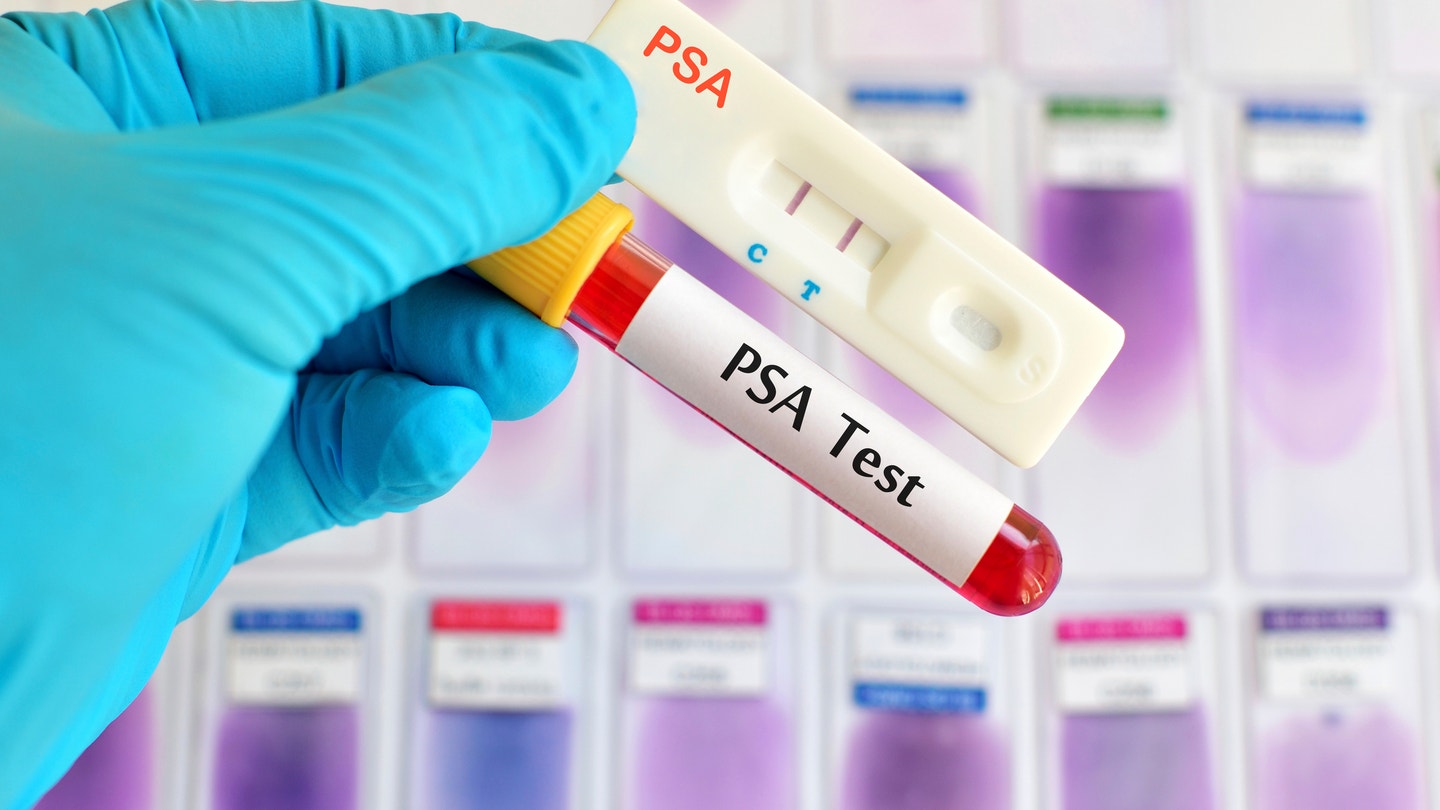Prostate cancer cases have been on the rise in recent years, increasing 3% annually since 2014 – and now former President Joe Biden is one of the more than 300,000 men to be diagnosed this year.
Biden’s office released the announcement on Sunday, days after news that a “small nodule” had been found in the former president’s prostate during a routine exam.
“While this represents a more aggressive form of the disease, the cancer appears to be hormone-sensitive, which allows for effective management,” his office said. “The president and his family are reviewing treatment options with his physicians.”
NEW PROSTATE CANCER TEST PINPOINTS DISEASE BETTER THAN PSA OPTION, STUDY FINDS
Treatment is usually more effective when prostate cancer is hormone-sensitive, as that means the disease will likely respond better to hormone therapy, according to Mayo Clinic.
Hormone therapy is used to block the effects of the hormones that fuel the growth of prostate cancer cells.

Former President Joe Biden is one of the more than 300,000 people to be diagnosed with prostate cancer this year. (Getty Images)
“Prostate cancer cells rely on testosterone to help them grow. Cutting off the supply of testosterone may cause cancer cells to die or to grow more slowly,” the above source stated.
In addition to hormone therapy, common treatment options for prostate cancer include chemotherapy, targeted therapy, immunotherapy and radiopharmaceutical treatments.
What to know about prostate cancer
Prostate cancer is a disease found in men that develops in the prostate gland.
About 313,780 new cases of prostate cancer will be diagnosed in 2025, and 35,770 men will die from the disease, according to the American Cancer Society.
Hormone therapy is used to block the effects of the hormones that fuel the growth of prostate cancer cells.
One in eight men will be diagnosed with prostate cancer in their lifetime, the same source stated.
Older men are at a higher risk of the disease, with six in 10 cases diagnosed in patients 65 and older. The average age at diagnosis is 67, with men under 40 rarely affected. Biden is 82.
PROSTATE CANCER DRUG NOW AVAILABLE TO MORE PATIENTS WITH AGGRESSIVE FORM OF DISEASE
Prostate cancer is the second-most common cancer in men, behind only skin cancer, the ACS noted.
Signs and symptoms
Among men who undergo routine prostate cancer screening, the disease is usually caught early before symptoms emerge, per the ACS.
Typical early symptoms include problems urinating, a weak or slow urinary stream or an increased need to urinate.

About 313,780 new cases of prostate cancer will be diagnosed in 2025 and 35,770 men will die from the disease, according to the American Cancer Society. (iStock)
Some men may also notice blood in the urine or bodily fluids.
More advanced symptoms may occur after the disease has spread. Those may include pain in the hips, back (spine), chest (ribs) or other areas, the ACS stated.
CLICK HERE TO SIGN UP FOR OUR HEALTH NEWSLETTER
Men may also suffer from erectile dysfunction, weight loss, extreme fatigue, weakness in the legs or feet, or loss of bladder or bowel control.
Screening recommendations
The U.S. Preventive Services Task Force states that men aged 55 to 69 years should have the option to undergo periodic prostate-specific antigen (PSA)-based screening to monitor for prostate cancer.
“Before deciding whether to be screened, men should have an opportunity to discuss the potential benefits and harms of screening with their clinician and to incorporate their values and preferences in the decision,” the USPSTF states.

While screening offers a “small potential benefit” of reducing the chances of dying from the disease, health officials warn that some men may experience negative effects. (iStock)
While screening offers a “small potential benefit” of reducing the chances of dying from the disease, the agency noted that some men may experience negative effects, including false-positive results, overdiagnosis and overtreatment, and treatment complications.
CLICK HERE TO GET THE FOX NEWS APP
Alternative prostate cancer screening methods are currently being researched, including one that uses a non-invasive urine test, as Fox News Digital recently reported.
Survival rates
For localized prostate cancers, where the disease is contained within the prostate, the five-year survival rate is at least 99%, according to the ACS.
For regional cases, where the disease has spread only to “nearby structures or lymph nodes,” the five-year survival rate is also 99% or greater.
If the cancer has spread to other areas of the body, the five-year survival rate drops to 37%.
For more Health articles, visit www.foxnews.com/health
Actual survival rates may vary based on the patient’s age, overall health, how the cancer has progressed post-diagnosis, the disease’s response to treatment, and other factors, the ACS noted.

